“Dad, check out the levels I made!”
“Dad, check out the levels I made!”
It’s been several months since Diego, my eldest son, has been enjoying creating levels in Geometry Dash. Initially, his creations were quite simple, mainly copying levels made by others and learning how they crafted certain puzzles or tricks. But over the past few weeks, when he shows me some of his more ambitious creations, I look at him baffled and ask:
“Diego, did you really do all this?”
It’s not that I underestimate him, I promise. It’s just that Geometry Dash, at least at first, seemed to me to be a very simple game where a little cube moves to the right, and when obstacles appear, the player touches the screen and the cube jumps, dodging and advancing through the level. Super simple.

But when Diego shows me his levels, and I see how the cube jumps among hundreds of obstacles that appear and disappear in time with the music (which he also carefully selects according to the tone he wants to set for the level), and while the backgrounds change colors, the cube transforms into a ship that flies and changes direction, and messages he’s placed in the background pop up, going through hidden walls and secret passages, I can’t help but be amazed and react with disbelief.
“Yes, dad, I took some ideas I saw in the Nine Circles and those invisible spikes I saw in (a name I can’t recall) and I made it all by myself.”
The game has an important social component. Each player who creates stages can upload them to the game’s centralized level repository, and then other players can download and rate them. This way, the really challenging and fun stages quickly become popular, which skyrockets the fame of their creators, who are true gurus of the game.
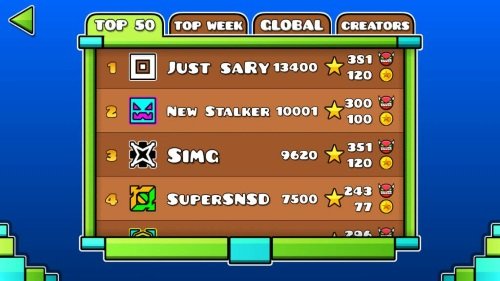
There’s also a large community of people recording videos and commenting on the most famous levels, which serves as an incentive to build incredible and original levels, and hopefully, get noticed by a YouTuber, giving tremendous visibility to the creation. Diego proudly told me a couple of weeks ago that about 200 people had played his level Dark Angel, and he regretted that the name he’d chosen was the same as another level that had recently become famous and that, obviously, would overshadow his in terms of visibility.
Now, he’s working hard on an even more ambitious creation, Theory of Water (I hope I got the name right), in which he’s eager to use some of the many new objects and features that the latest version, 2.0, had introduced to the game. That’s another merit of Geometry Dash: the developer consistently adds new features that enrich the game experience for the immense community that has formed around it.
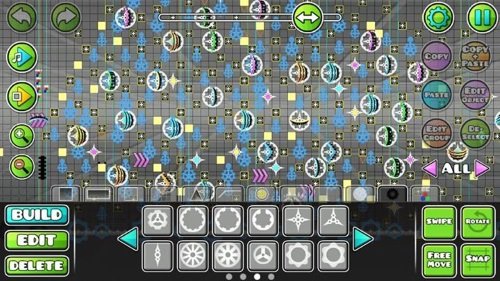
Thus, by creating levels, Diego is practicing one of the most entertaining and challenging disciplines in video game development: level design.
What is level design?
Video game development involves many disciplines: programming, interface design, 2D and 3D art, sound, music, production, quality control, and of course, video game design and level design.
A level designer is, to put it simply, the person responsible for taking all the pieces created by other team members and putting them together into something that makes sense and that defines the concrete experience the player will face.
Character and setting models created by the artists; functionality prepared by the programmers; sound effects and music created by the sound artists; and game rules defined by the video game designers. The level designer takes all these elements and assembles them, creating the stages that the player will later enjoy.
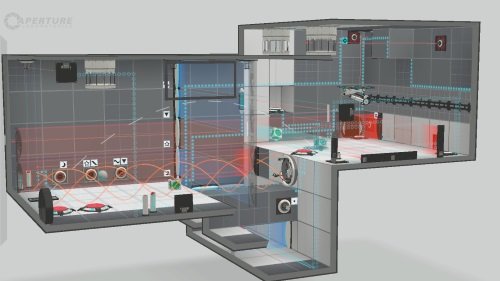
Being a good level designer is hard.
First, you need a good sense of what’s fun for the target audience of the video game you’re working on. Second, you must build challenging but not frustrating levels, with an appropriate difficulty progression. This way, players will learn the rules of the game and get familiar with the mechanics in the early stages, to then become more proficient and face more complicated challenges in the last phases of the game.
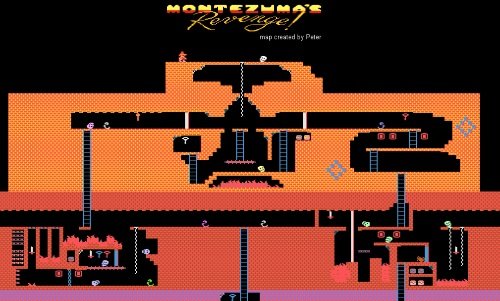
It’s also not easy to learn to be a level designer.
While there are numerous technical and professional careers where you can learn programming, project management, sound, or digital art, level design is something most people must learn on their own, using a lot of talent as well as perseverance and eagerness to learn by doing. Moreover, a level designer cannot work in other industries, so they only have career opportunities in video games.
Because of all this, video game companies, both in Chile and worldwide, often struggle to find good level designers. Usually, they train them within the companies. At Behaviour, for example, we hire very enthusiastic people who have notions of level design and are eager to learn, and through the projects they participate in, we give them the opportunity to grow professionally, improving their techniques and knowledge as level designers.
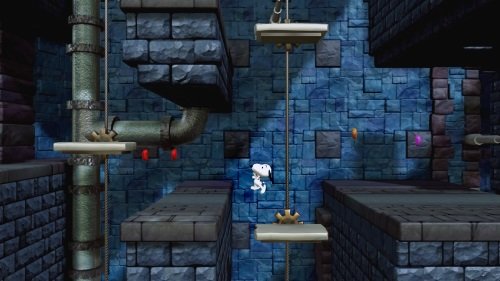
Game jams (another topic I’d like to discuss in another article) are also an excellent opportunity to learn how to become a level designer. And of course, reading, watching tutorials, and practicing and practicing and practicing by creating, inventing, modifying others’ creations, and trying everything.
There are websites dedicated to publishing articles and tutorials completely focused on level design. One of the most popular is World of Level Design (in English), but there are others in Spanish that, although they have less content, also offer interesting lessons.
Designing levels on an Atari
A long, long time ago, back in the late 80s, I experienced a time when I also greatly enjoyed the same pastime of level creation. It wasn’t on a mobile device, of course, but on an Atari 800 XL. And the game wasn’t Geometry Dash, of course, but the great Boulder Dash, which curiously shares part of the name with the video game Diego now so enjoys.
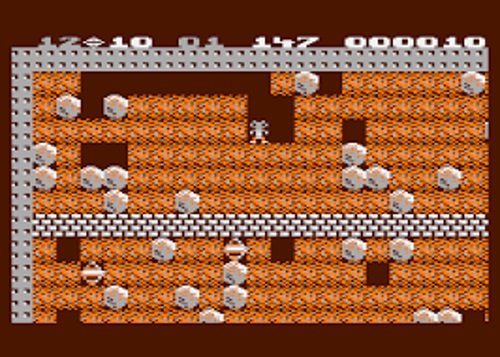
The premise was simple. Collect all the crystals without dying under a rock. As seen in the picture, the character moves around the screen, which shows only a section of the level, and must find a way to reach the crystals to touch and eat them.
At times, the crystals are blocked by rocks, which fall if the character removes the earth beneath them. The interesting part, of course, is that if the rocks fall on the character, it loses and starts over.
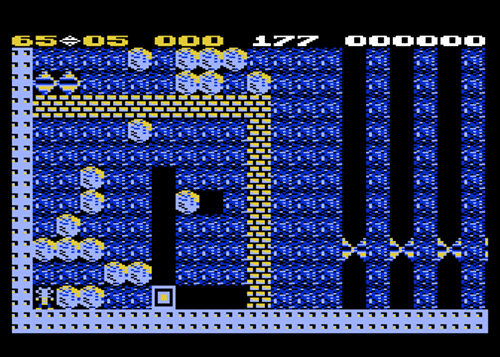
Much like any good game of the era, there was a certain amount of time to solve the puzzles, so the pressure was constant. And as if that weren’t enough, there were also different types of enemies—the nefarious butterflies or the killer cubes (or at least that’s how I remember them) that had the particularity of exploding when hit by a rock, breaking bricks that couldn’t otherwise be passed through.
The puzzles became increasingly challenging, and that was something I really enjoyed. I played all the stages of Boulder Dash and I think Boulder Dash 2 as well, until one day, I got my hands on the glorious Boulder Dash Construction Kit, which allowed players to design their own levels.
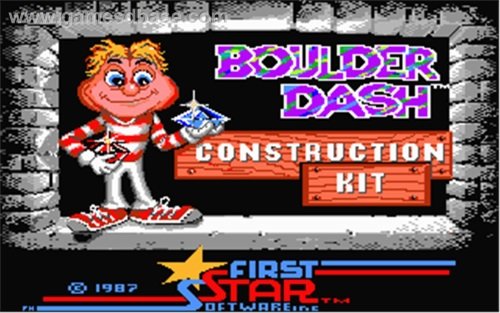
My brothers and mother must remember the days, maybe weeks, I spent preparing intricate stages, one after another, and then kindly inviting them (more like demanding) to play them. I really enjoyed creating complicated traps and watching them get caught in them. My brothers were good players, so it was quite a challenge to create levels that were really hard for them.
Unfortunately, I don’t have images or any kind of material that reminds me of the creations I made in those years. But it was a very important time, and in hindsight, I feel that experience was one that convinced me that when I grew up, I wanted to work in video games.
Thinking about the future
At that time I didn’t know what level design was formally, nor did I have the slightest idea of how a “real” video game was made. However, the satisfaction I felt in creating entertaining and challenging experiences and then enjoying watching others have a good time with them is something that has marked me since then and would surely guide some of my future professional decisions.
When I see Diego creating his levels and excited that other people play them, I wonder if he is laying similar foundations.
So far, I’ve tried to influence as little as possible, at least not directly. I’ve wanted to allow him to discover what he likes the most about video games. Maybe at some point he’ll get bored of designing levels or find that he has more fun with another discipline such as mechanics design, art, or programming.
Or maybe he’ll take other directions and end up being an architect, doctor, athlete, or musician. Impossible to know today.
What I do know is that he has a lot of eagerness and quite a bit of talent, at least when it comes to level design, and that’s already a good start.
The rest will depend on him.
Juan Pablo makes videogames since he was 8 and he is a father since 2004. Today, he has three children and he has worked in more than 20 videogames. He got interested on how paternity and the videogame industry are related and he decided to write about it, founding "Papa Game Dev".
Leave a Comment
Your email address will not be published. Required fields are marked *

